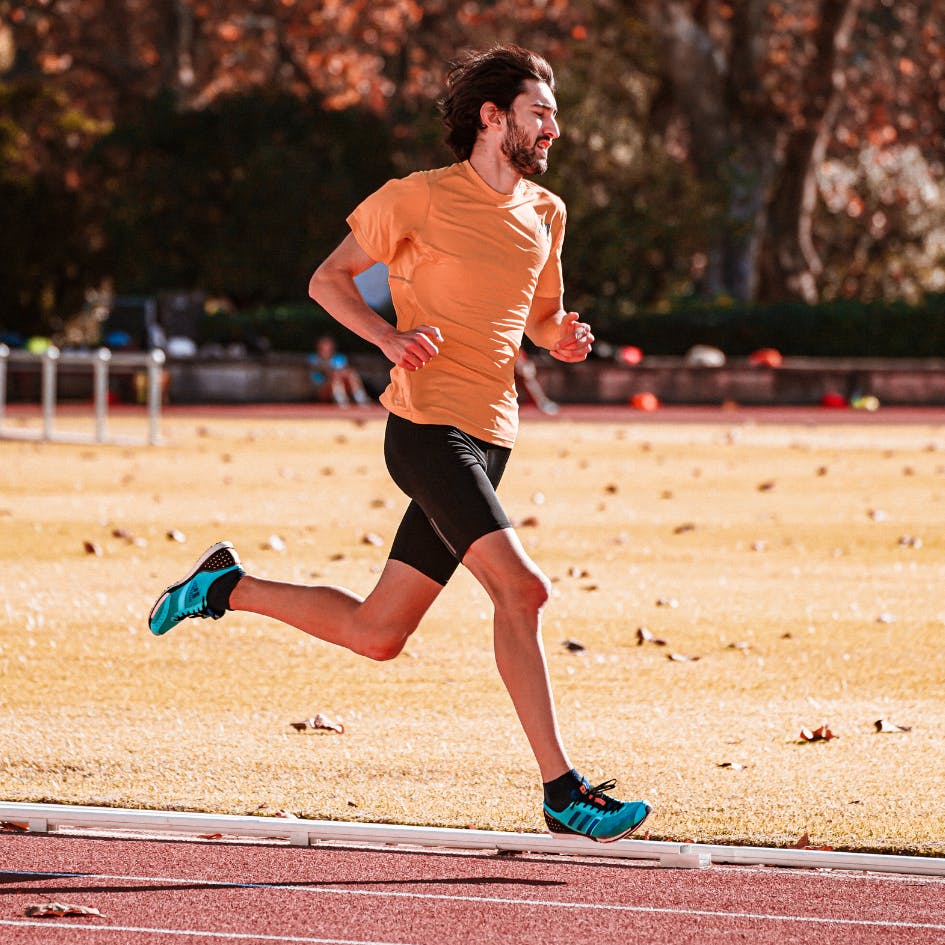
What is Cardiovascular Endurance?
Cardiovascular endurance, or aerobic fitness, is how well your heart and lungs supply oxygen to your body while you exercise at medium to high intensity.
Why is Cardiovascular Endurance Important?
Good cardiovascular endurance allows your body to move your blood efficiently; oxygen serves as the energy source for cells in your tissues and muscles.
Here are some of the big wins:
- Lower risk of heart disease, stroke, Type 2 diabetes, high blood pressure, dementia and Alzheimer’s and several types of cancer
- Improve sleep quality
- Improve cognition, including memory, attention and processing speed
- Reduce weight gain and related chronic health conditions
- Reduce symptoms of depression and anxiety
Being more active can help you think, feel and sleep better and perform daily tasks more easily. And if you’re sedentary, sitting less is a great place to start.
Where Do I Start?
These recommendations are based on the Physical Activity Guidelines for Americans, 2nd edition, published by the U.S. Department of Health and Human Services, Office of Disease Prevention and Health Promotion.
Recommendations for Adults:
- Get at least 150 minutes per week of moderate-intensity aerobic activity or 75 minutes per week of vigorous aerobic activity, or a combination of both, preferably spread throughout the week. Gain even more benefits by being active at least 300 minutes (5 hours) per week.
- Add moderate- to high-intensity muscle-strengthening activity (such as resistance or weights) at least twice a week.
- Spend less time sitting. Even light-intensity activity can offset some of the risks of being sedentary.
- Increase amount and intensity gradually over time.
What is Intensity?
Aerobic (or “cardio”) activity gets your heart rate up and benefits your heart by improving cardiorespiratory fitness. When done at moderate intensity, your heart beats faster and you’ll breathe harder than normal, but you’ll still be able to talk. Think of it as a medium or moderate amount of effort.
Examples of moderate-intensity aerobic activities:
- Brisk walking (2.5 mph)
- Water aerobics
- Dancing (ballroom or social)
- Gardening
- Biking (less than 10 miles per hour)
Vigorous-intensity activities will push your body a little further. It will require a higher amount of effort. You won’t be able to talk much without getting out of breath.
Examples of vigorous-intensity aerobic activities:
- Hiking uphill
- Heavy yard work (continuous digging or hoeing)
- Running
- Jumping rope
- Swimming laps
- Cycling 10 miles per hour or faster
Keep in mind that any activity is better than none, so even if these recommendations seem like a lot for you right now, start small and gradually build your activity level. If you need help with planning a cardiovascular program, reach out to one of our Doctors of PT to help design a program for you.
Click here to schedule an appointment with us today!
